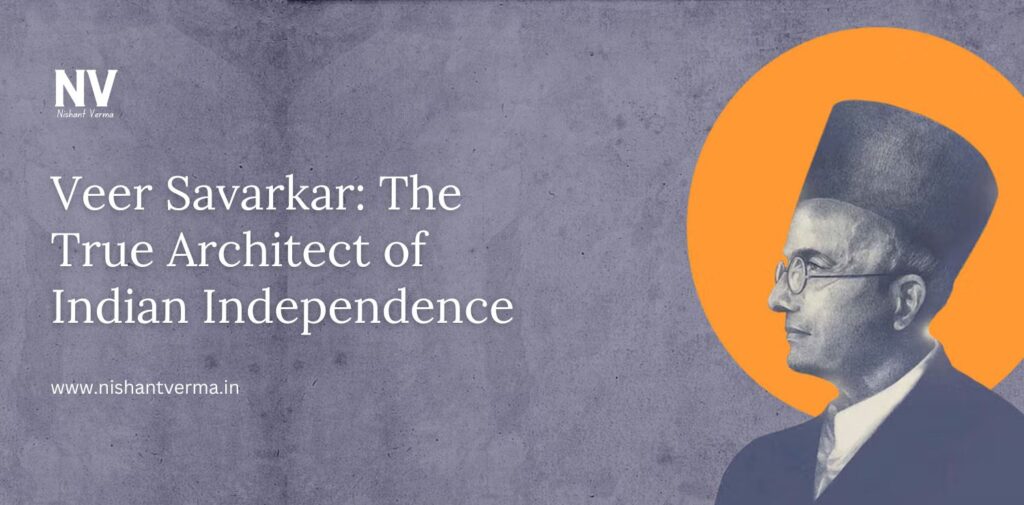In the grand tapestry of India’s struggle for freedom, there are names that have been celebrated widely, and then there are those whose immense contributions have been unjustly overshadowed. Among the latter stands Veer Vinayak Damodar Savarkar, a stalwart whose commitment to India’s freedom was unwavering and whose vision for an undivided, prosperous Bharat continues to inspire generations. It is time we give Savarkar the recognition he rightfully deserves, acknowledging his pivotal role in the fight for independence and his unwavering dedication to the cause of a unified, strong India.
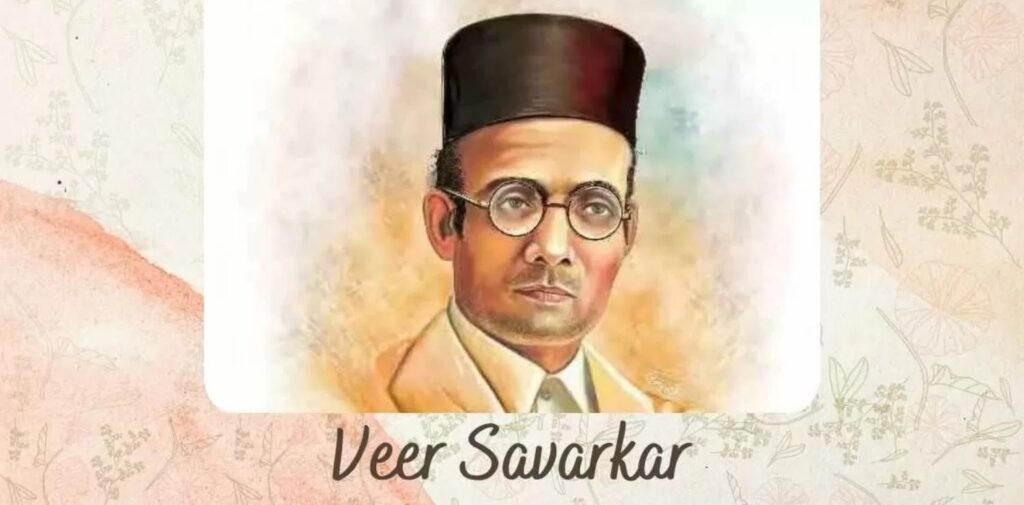
The Early Life of a Revolutionary
Born on May 28, 1883, in Bhagur, a small village near Nashik in Maharashtra, Savarkar was destined to be a revolutionary. From a young age, his mind was imbued with a fervent love for his motherland, which would later manifest in his relentless fight against British rule. He was not just a freedom fighter; he was a visionary, a scholar, a poet, and a staunch advocate of Hindutva—a concept he defined and developed as a way of life that emphasized the cultural unity and identity of India.
Savarkar’s early involvement in revolutionary activities began during his college days in Pune, where he was deeply influenced by the works of the great Maratha ruler Shivaji Maharaj. He founded the Abhinav Bharat Society, a secret organization aimed at overthrowing British rule through armed rebellion. Unlike the pacifist approach advocated by others, Savarkar believed in direct action and the necessity of armed struggle to achieve independence. His unyielding spirit and leadership within Abhinav Bharat marked him as a formidable force in India’s freedom movement.
The Philosophy of Hindutva and Vision of Akhand Bharat
Veer Savarkar’s contributions extend far beyond the battlefield of armed struggle. He was the chief architect of the concept of Hindutva, which he articulated in his seminal work Hindutva: Who is a Hindu?. For Savarkar, Hindutva was not merely a religious identity but a cultural and civilizational ethos that embraced all those who regarded India as their motherland and holy land. His vision was of an Akhand Bharat—an undivided India that stretched from the Himalayas to the Indian Ocean, unified not just territorially but culturally.
Savarkar’s idea of Hindutva was inclusive in its essence. He saw it as a force that could unite the diverse people of India under a common cultural identity, irrespective of their personal faiths. In a time when India was being divided along communal lines, Savarkar’s vision sought to bring about a renaissance of national pride and unity. His call for cultural nationalism was not aimed at exclusion but at fostering a sense of collective identity that could resist foreign domination and internal disintegration.
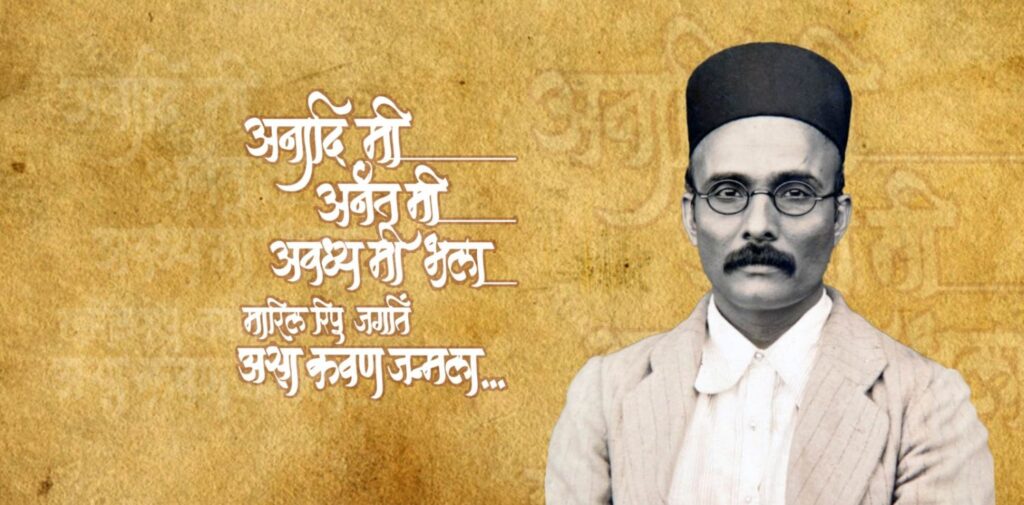
The Double Life Sentence: A Punishment for Patriotism
The British Raj recognized the threat posed by Savarkar’s revolutionary activities and his powerful ideas. His involvement in the armed resistance, particularly the failed attempt to incite an uprising in India after the arrival of revolutionary literature and weapons from abroad, led to his arrest in 1909. He was implicated in the assassination of a British official, for which he was sentenced to life imprisonment—twice.
Savarkar was exiled to the Cellular Jail in the Andaman and Nicobar Islands, infamously known as Kala Pani, where he endured untold hardships for nearly a decade. This notorious prison was reserved for the most dangerous political prisoners, and Savarkar’s confinement there was a testament to the British fear of his influence. Despite the inhumane conditions, Savarkar’s resolve never wavered. He continued to write, compose poetry, and inspire his fellow inmates, all the while holding fast to his dream of a free India.
It is important to recognize that Savarkar’s incarceration was not merely a punishment for his revolutionary activities; it was an attempt to silence one of the most potent voices of Indian nationalism. Unlike some other leaders who sought compromise, Savarkar’s uncompromising stance against the British made him a target for severe repression. The British saw in him the embodiment of a revolutionary spirit that could ignite the masses, and they sought to bury him alive in the hope that his influence would die with him.
The Unjust Neglect of a True Patriot
Despite his monumental contributions, Savarkar’s legacy has often been marginalized or deliberately obscured. While some leaders of the freedom movement were elevated to iconic status, Savarkar was vilified or ignored. This neglect was not only unjust but also a grave disservice to the true history of India’s struggle for independence.
One of the reasons for this sidelining is the ideological difference between Savarkar’s vision and the narrative promoted by certain factions of the independence movement. Mahatma Gandhi, with his doctrine of nonviolence and his insistence on securing rights for minorities, particularly Muslims, became the face of the freedom struggle. While Gandhi’s contributions are undeniable, it is equally important to acknowledge that his approach was not the only path to independence, nor was it free of flaws.
Savarkar’s critique of Gandhi’s policies, particularly his appeasement of the Muslim League and his reluctance to challenge British authority more forcefully, made him a controversial figure. However, in hindsight, it is clear that Savarkar’s concerns about the partition of India and the future of Hindus in a divided subcontinent were not without merit. His warnings about the dangers of communalism and the need for a strong, united India resonate even today.
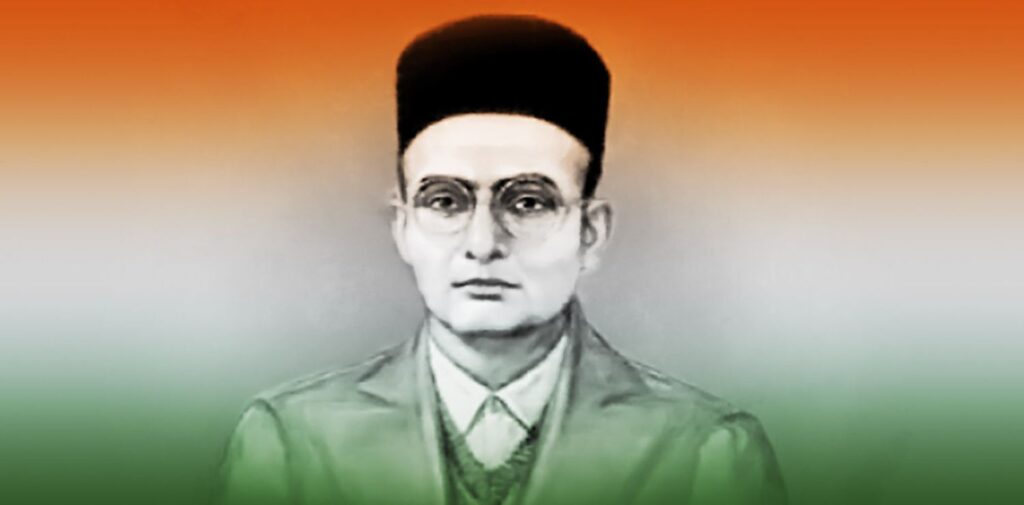
The Role in Shaping the RSS and Modern India
Veer Savarkar’s influence extends beyond his revolutionary activities and his philosophical writings. He played a crucial role in shaping the Rashtriya Swayamsevak Sangh (RSS), an organization that has grown to become one of the most significant socio-political movements in India. Although Savarkar was never officially a member of the RSS, his ideas and vision greatly influenced its formation and its mission.
The RSS, founded by Dr. Keshav Baliram Hedgewar, drew heavily from Savarkar’s concept of Hindutva and his emphasis on building a strong, self-reliant nation. The organization’s focus on discipline, self-sacrifice, and service to the nation reflects Savarkar’s ideals. Through the RSS and its numerous affiliated organizations, Savarkar’s vision of a culturally united and resilient India continues to shape the country’s socio-political landscape.
The Reality Check: Recognizing the True Heroes of Independence
As we celebrate the freedom that was won through immense sacrifice, it is crucial to reassess the narratives that have dominated our history books. While figures like Mahatma Gandhi and Jawaharlal Nehru have been lionized, the contributions of other patriots like Veer Savarkar have been unjustly minimized. The time has come for a reality check.
Savarkar was not alone in his struggle; many other unsung heroes laid down their lives for the cause of independence. The sacrifices of these patriots were often overshadowed by those who, though celebrated as freedom fighters, adopted a more conciliatory approach with the British. This delay in adopting a more assertive stance against the colonial rulers may have prolonged India’s struggle for freedom.
Moreover, the selective recognition of certain leaders while ignoring others has distorted the true picture of India’s independence movement. It is essential to remember that the fight for freedom was multifaceted, involving a diversity of strategies and ideologies. The contributions of revolutionaries like Savarkar, who believed in taking bold action and inspiring national pride, were as crucial to the eventual success as any other.
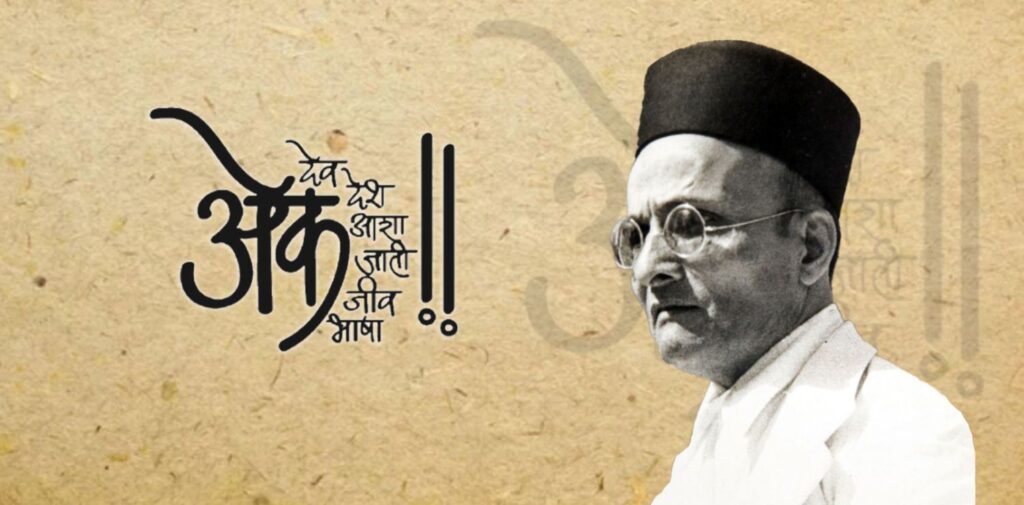
The Legacy of Veer Savarkar: A True Patriot
Today, as we reflect on India’s journey to independence, we must ensure that the legacy of Veer Savarkar is honored and remembered. He was a man who dedicated his life to the cause of a free and united India, a visionary who foresaw the challenges that lay ahead, and a patriot whose love for his country knew no bounds. His contributions to the freedom struggle, his articulation of Hindutva, and his influence on the socio-political landscape of modern India make him a towering figure in our history.
Savarkar’s life is a testament to the power of conviction and the impact that one individual can have on the destiny of a nation. His story is not just one of struggle and sacrifice but also one of inspiration and hope. As we honor the memory of Veer Savarkar, let us also recognize the countless others who, like him, fought for the dream of an independent and strong India. Their stories must be told, and their contributions must be acknowledged, for it is through the recognition of all our heroes that we can truly understand the full scope of our nation’s history and the sacrifices that were made for its freedom.
In celebrating Veer Savarkar, we celebrate the spirit of India—a spirit that refuses to be subdued, that rises against all odds, and that remains steadfast in the pursuit of justice, unity, and freedom. Let us remember him as one of the true architects of Indian independence, and let his legacy inspire us to continue building the India of his dreams—an Akhand Bharat, a nation united in its diversity and proud of its heritage.

